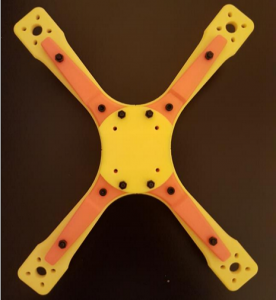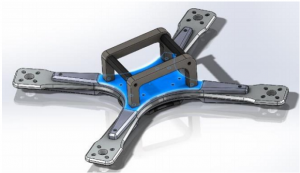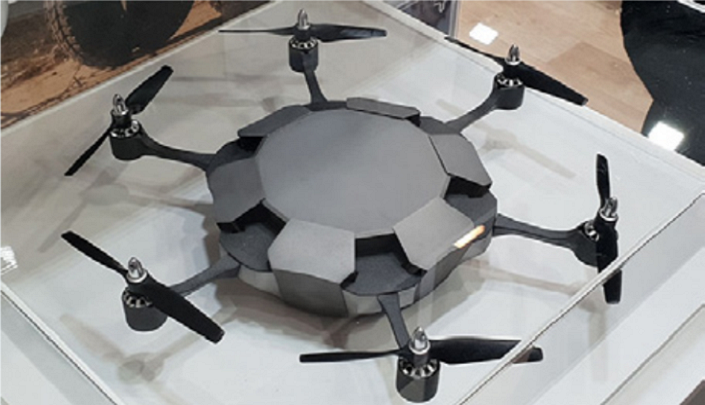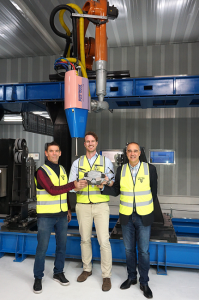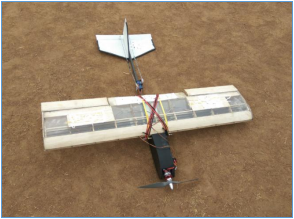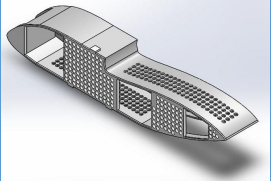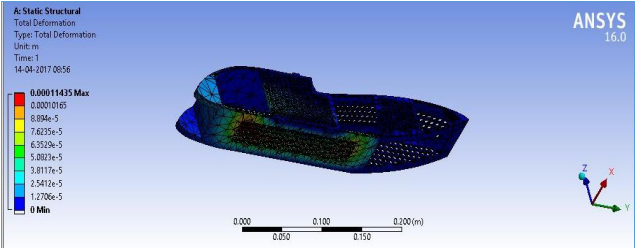“My Drone has the Hands and I send it to do the shopping” was the title of the email that Youbionic‘s Federico Ciccarese sent me. Sometimes you can’t beat a subject line. I’ve been a huge fan of Youbionic, the bionic 3D printed robot project, for years now. Just between you and me, I’ll publish these guy’s shopping list if they send it to me. Their open source robot project has led to a lot of great robots and innovative things being developed by people the world over. There is however, a mad hatter portion to the Youbionic team’s innovations that continues to surprise. Not content to stay within their cuddly open source corner, they regularly produce nightmare fuel for us. These are the people who put arms on the already terrifying Spot the robot hellhound, proposed a nice little upgrade for you and me with a potential third or fourth arm, and also a double hand device to give us each more hands.
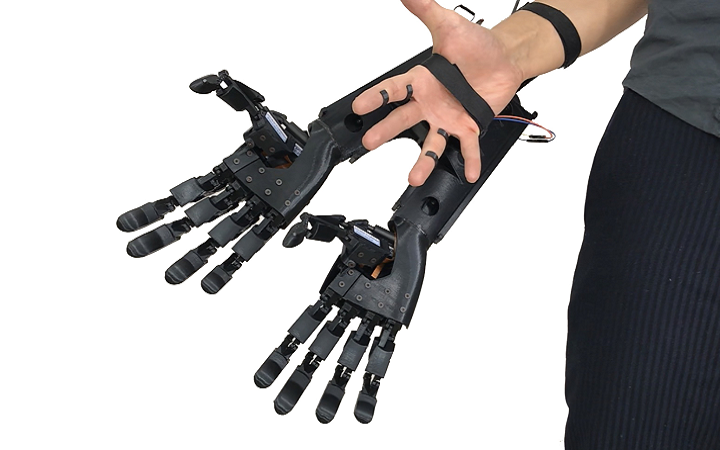
Technically would you now have three hands, four?
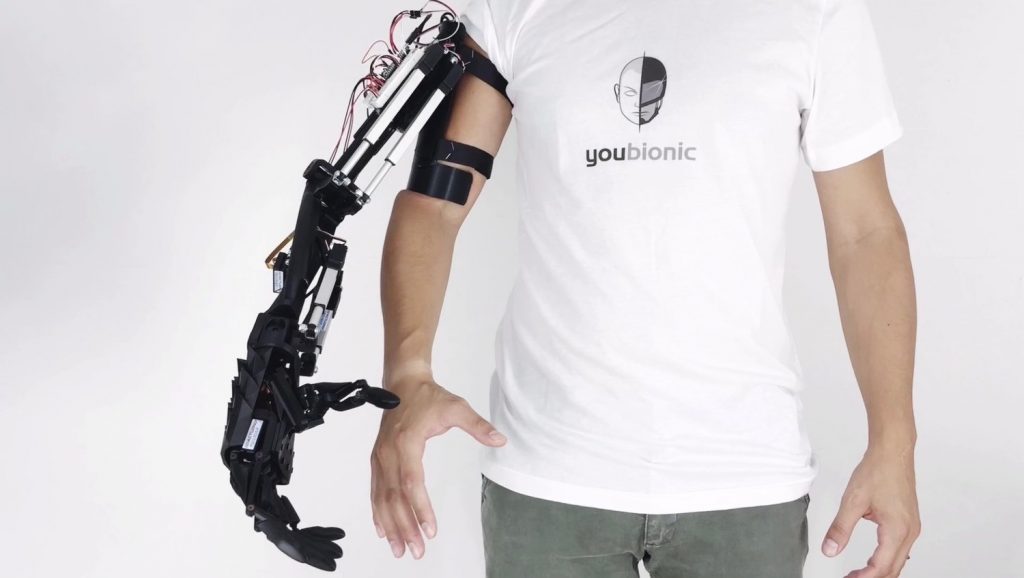
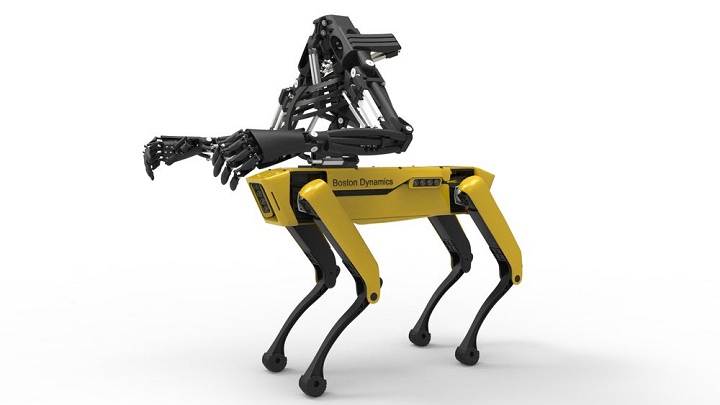
So whenever I get an email from Youbionic one hand goes to open ‘Add New Post’ while the other shakes a bit in trepidation as I open the email. This one did not disappoint because the 3D printing team working hardest on creating a dystopian future through 3D printing has now put hands on a drone. Open up your speakers and help bring in the end of humanity people, because here it is:
The Drone for Handy by Youbionic is completely literally the thing we will see hovering overhead as we cower in the caves as civilization collapses around us.
“WE ARE HERE TO GUIDE THE HUMAN RACE IN THE MOST DIFFICULT PATH THERE IS. MENTAL OBSTACLES ARE WHAT WE WANT TO OVERCOME TO CREATE A NEW WORLD.”
Thus the Youbionic team wants to usher in our doom. Undeterred? You can download the parts and make your own Drone for Handy on the Youbionic site. Sign up and you’ll get Google Drive access to the STLs for free. Not sure why all of the shareables sites are sleeping and not trying to get Youbionic on their platform. Unless of course they’d prefer to limit their camping to video games and don’t want Hitchcock’s the Birds with Drones to become humanity’s greatest new problem.
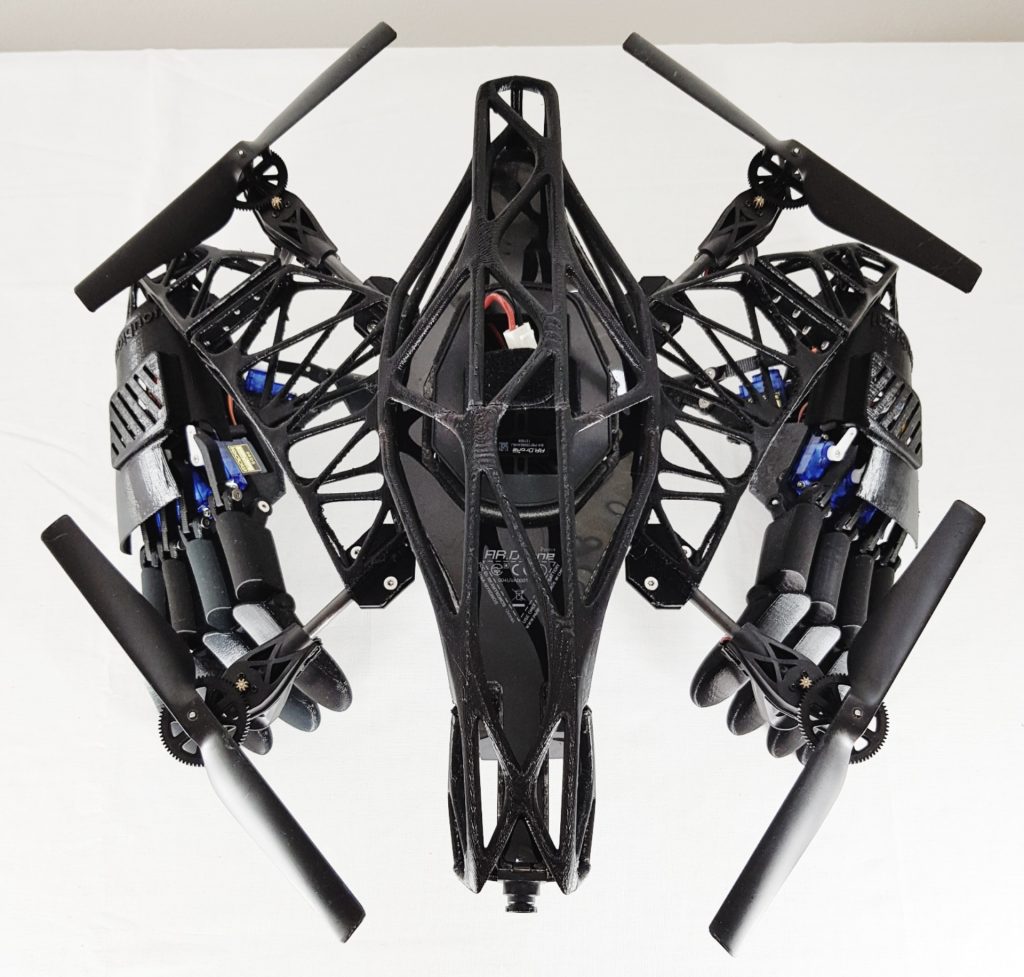

Rarely have seriously bad ideas been brought to us in so beguiling a manner as they have in the hands of Youbionic. Part of me really wants these guys to succeed and get millions of adherents to build their robots. Part of me thinks of all the wonderful prosthetics and aids for humans that such a development could create. But, there’s this spidey sense thing that I get from these guys that makes me very worried.
The above clip is literally what is playing in my head right now. Only instead of comparatively harmless crows, it is a flock of Youbionic Drone for Handys that is bearing down on us. Only they don’t make bird sounds like crows but they sound kind of like scissors snipping, like from Coraline. Oh great, now I won’t be able to sleep for weeks. Download the STLs here, but don’t say I didn’t warn you.
[Images: Youbionic]


